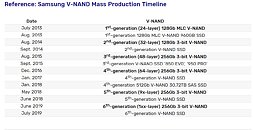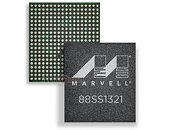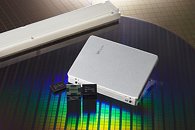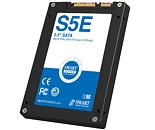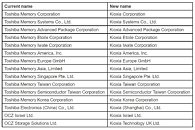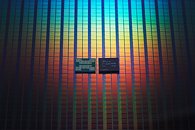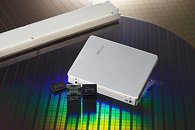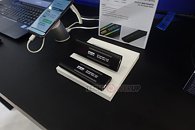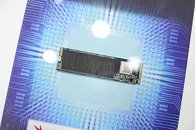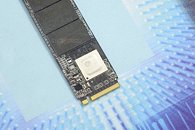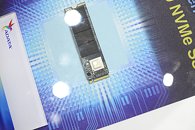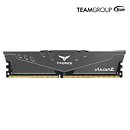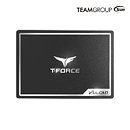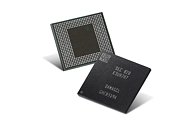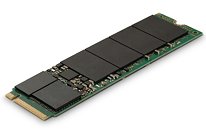
Western Digital Unveils Ultrastar DC SS540 SAS SSD: up to 3DWPD, 2.5M Hours MTBF
Western Digital Monday unveiled the Ultrastar DC SS540, an enterprise SSD with the SAS 12 Gbps interface and the endurance of a tank. Built in the 2.5-inch form-factor with 15 mm thickness, the drive comes in capacities ranging from 800 GB all the way up to 15.36 TB. The 800 GB, 1.6 TB, 3.2 TB, and 6.4 TB variants offer endurance of 3 drive-writes per day (DWPD), while the 960 GB, 1.92 TB, 3.84 TB, 7.68 TB, and 15.36 TB models offer 1 DWPD endurance.
Under the hood, the drive uses 3D TLC NAND flash, and depending on the model, sequential read speeds range between 1,985 MB/s to 2,130 MB/s, sequential writes between 1,024 MB/s to 2,109 MB/s. Random access performance, which is more relevant to enterprise environments, ranges between 237,000 to 470,000 IOPS reads, and 88,133 to 240,000 IOPS writes, depending on the model. MTBF on all models is rated at 2.5 million hours.
Under the hood, the drive uses 3D TLC NAND flash, and depending on the model, sequential read speeds range between 1,985 MB/s to 2,130 MB/s, sequential writes between 1,024 MB/s to 2,109 MB/s. Random access performance, which is more relevant to enterprise environments, ranges between 237,000 to 470,000 IOPS reads, and 88,133 to 240,000 IOPS writes, depending on the model. MTBF on all models is rated at 2.5 million hours.











